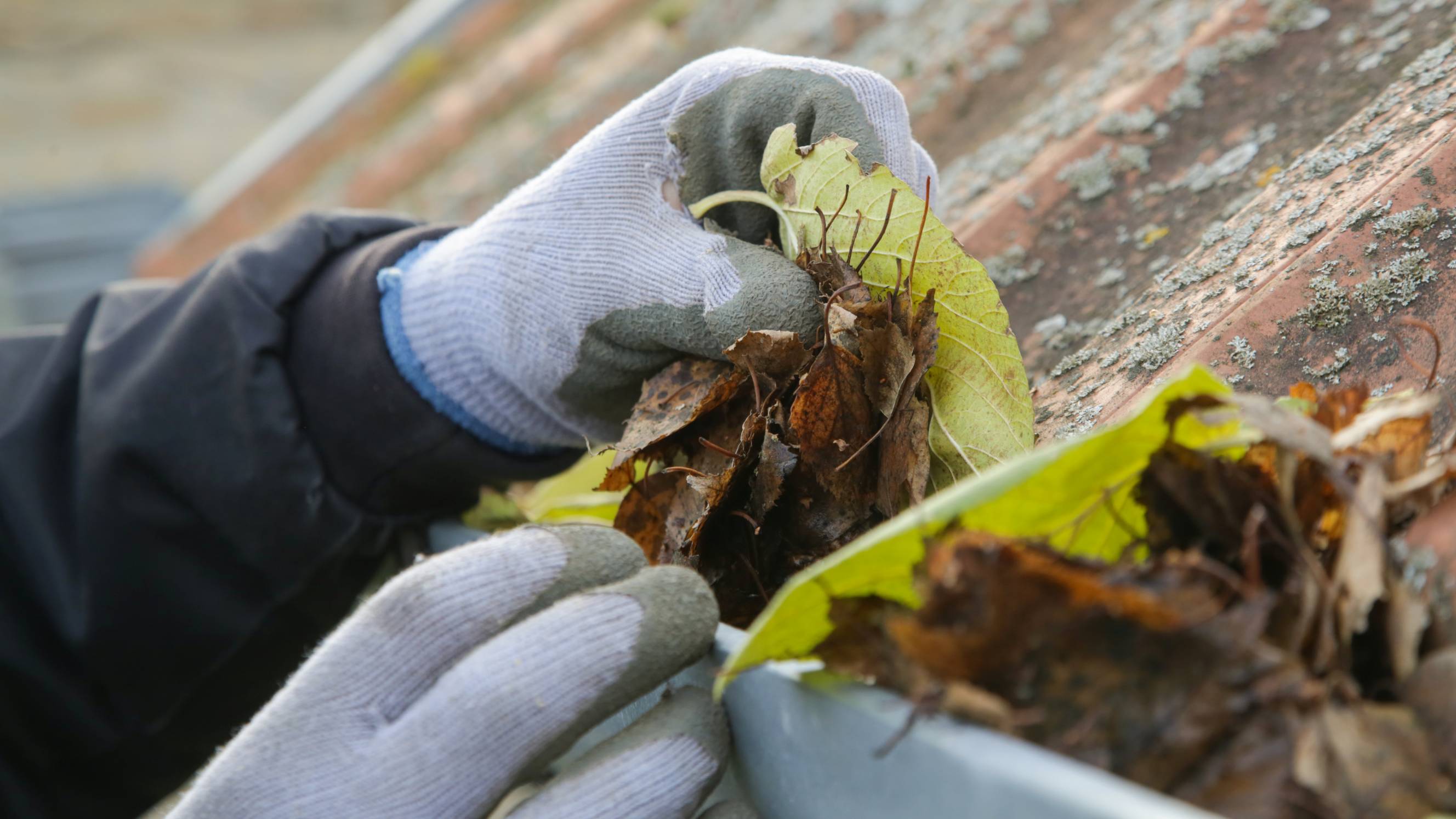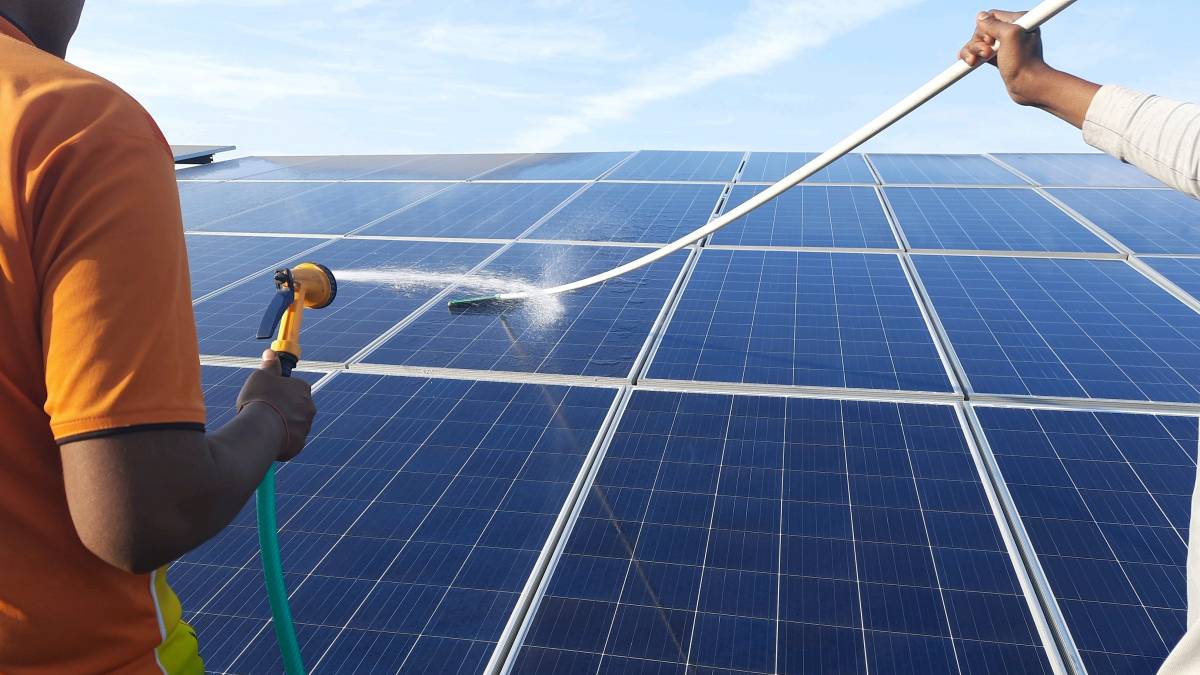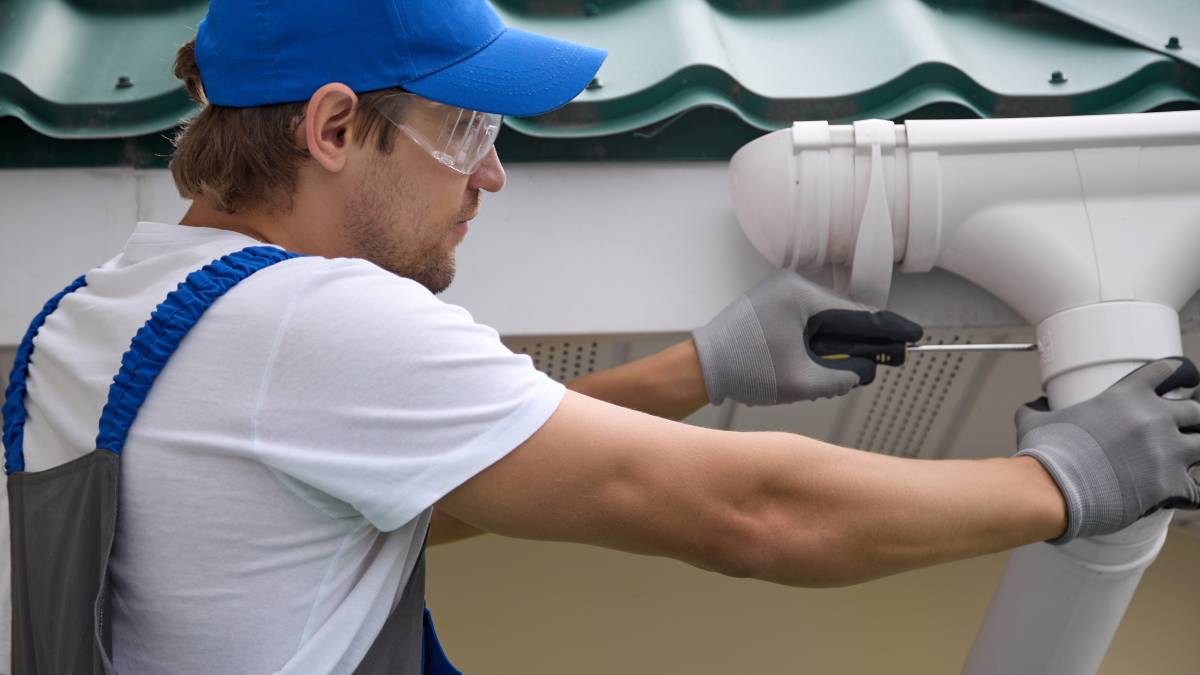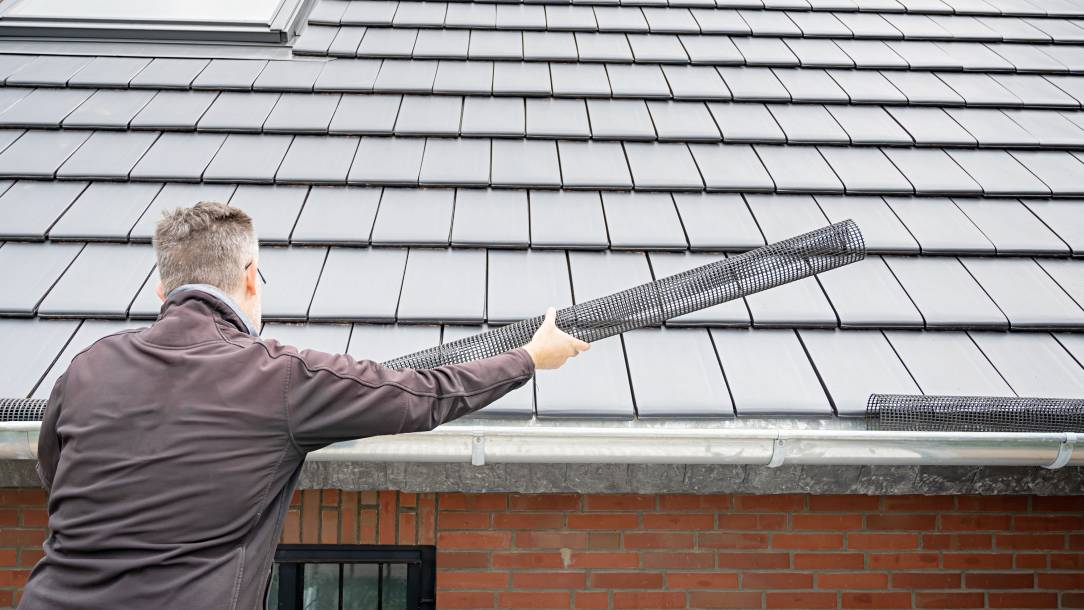- Home/
- Guides/
- Roof Installation/
- Verandah Roofing Styles

From rain to shine: Choosing verandah roofing styles
Do you need verandah roofing ideas? Read this blog to know which verandah roofing materials are best for you.
Find roof installation expertsLast Updated on
Key Facts
- Various verandah roofings include flat, gable, curved, gazebo, and sunroof. Each of them has their pros and cons.
- Before selecting which roof to install in your outdoor living space, consider your home’s climate, style, and budget.
When it comes to enhancing your home’s outdoor area, one of the things you can do is improve the verandah roof. Your verandah’s roof protects you and your space while defining the aesthetics of your home. Whether you want to create a cosy retreat, a sun-soaked haven, or an all-weather outdoor area, selecting the perfect verandah roofing is crucial.
But, there are many factors to consider when choosing verandah roofing materials. These include the climate, the style of your home, and your budget. Read on to learn more about finding a highly versatile roof that will suit your space.
Different verandah roofing styles
Like other customisable parts of your house, various types of verandah roofs exist. Many clients look for a functional design, while others want something specific, such as a roof that provides more light or allows a cool breeze. Here are some of the most common verandah roofing options:
1. Flat
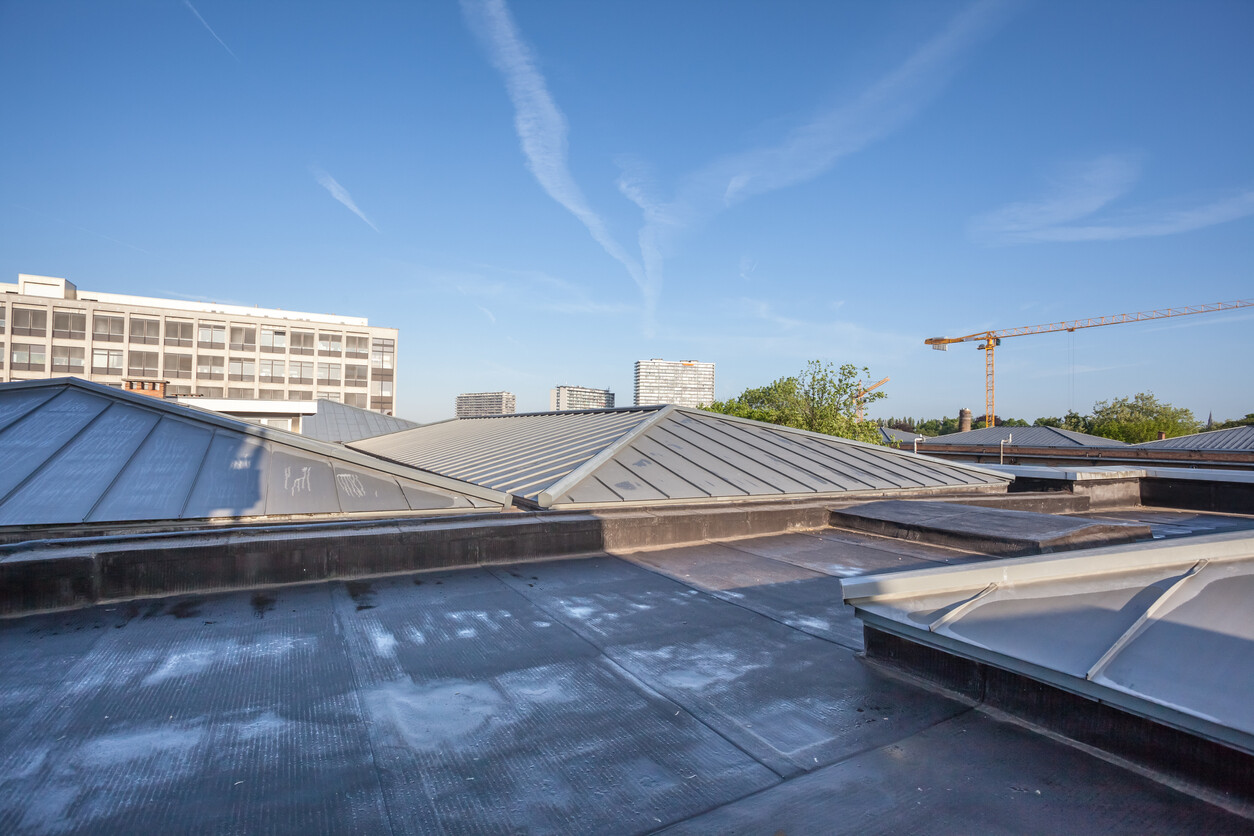
Flat roofs are a simple and clean choice for verandahs. They consist of a level surface with a slight slope for water drainage. Flat verandah roofing is similar to a regular residential roof or carport and can be cost-effective to install. Moreover, installation can be completed quickly, and the outcome is easy to clean.
A flat roof is best for those who prefer minimalist and modern home designs. They suit urban, compact homes or residences, even those with limited vertical spaces. However, little water drainage may lead to pooling if not correctly designed. It may also require regular maintenance to prevent leaks.
2. Gable

Gabled roofs are triangular, with two sloping sides that meet at a central ridge. They give off a classic and timeless look. Plus, the excellent water runoff and ventilation is a huge bonus. Gable roofs fit homeowners who appreciate traditional architectural styles, like farm or colonial house types. They’re also reliable during rain and snowy weather.
But, since it involves a more complex construction, a gable roof verandah could cost more. It’s also not ideal for homes with low ceilings.
3. Curved

Curved roofs feature a gentle, curved slope, adding a unique and elegant touch to your verandah. Its aesthetic appeal and distinctive design are customisable to fit various styles. The high point of curved roofing options is their efficient water drainage. They’re also low maintenance and eco-friendly.
Curved verandah roofing is perfect for homeowners looking to make a bold architectural statement or those with a contemporary house. The only downside is that it may require specialised materials, meaning it’s more expensive to construct.
4. Gazebo
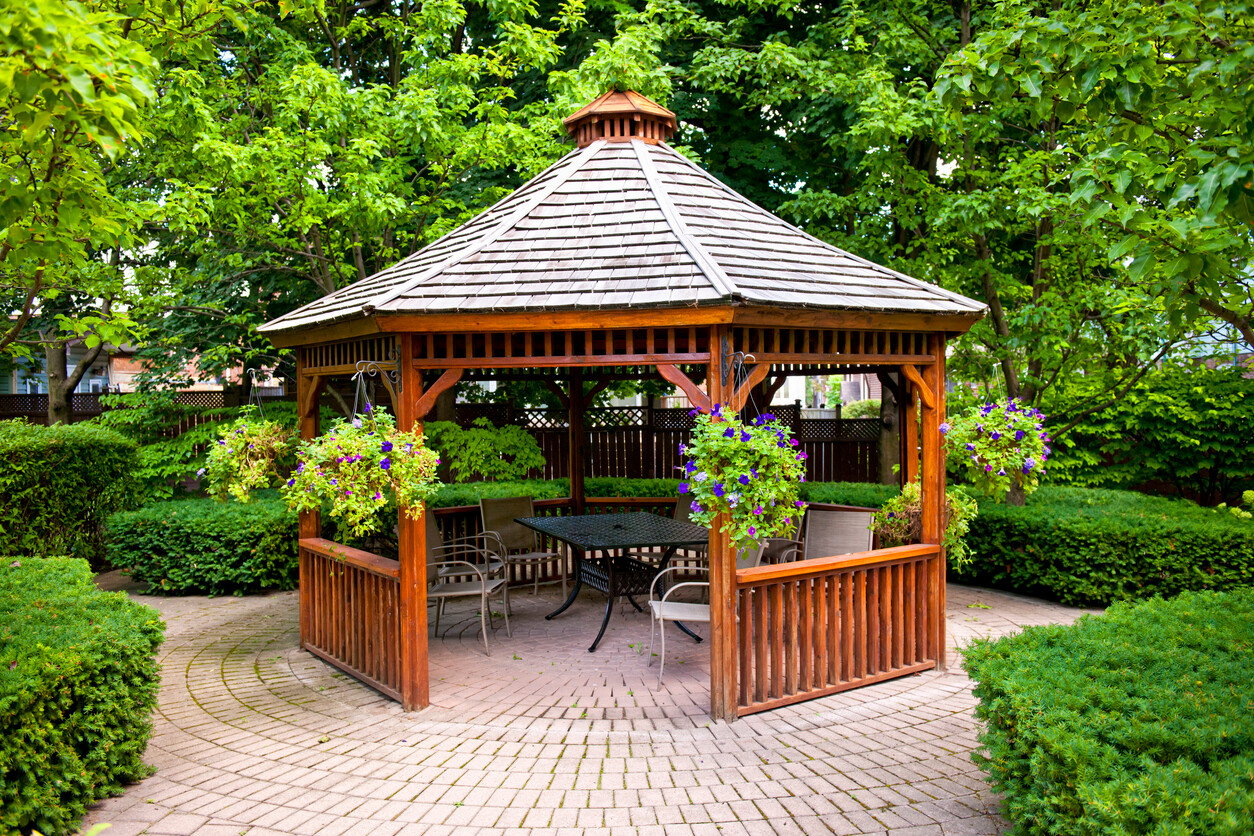
Gazebo roofs resemble a small, freestanding pavilion, offering a 360-degree view of the surroundings. This charming design gives off an open-air experience ideal for outdoor dining and relaxation. Gazebo roofs work well for homeowners with roomy outdoor space, especially those seeking a unique and picturesque verandah setting.
It’s versatile but has limited weather protection compared to other roof types. Gazebo roofing options are not suitable for extreme weather conditions.
5. Sunroof

Sunroofs, often made of transparent materials like polycarbonate or glass, allow sunlight to filter through while offering shelter. Since it maximises natural light in verandahs, it provides a bright and airy atmosphere. A glass roof verandah is also great for those with a clean design preference.
They’re ideal for year-round use in mild to moderate weather conditions. Additionally, they suit homeowners who want to create a sun-kissed verandah or garden room. But sunroofs can be costly due to specialised materials.
Additional aspects in your verandah roof selection
Besides exploring verandah roofing ideas, it’s also essential to carefully consider other factors. Doing so helps you choose an efficient and functional design to enhance your outdoor area. It will also add value and overall appeal to your existing house. Here are three things to ponder on:
The climate
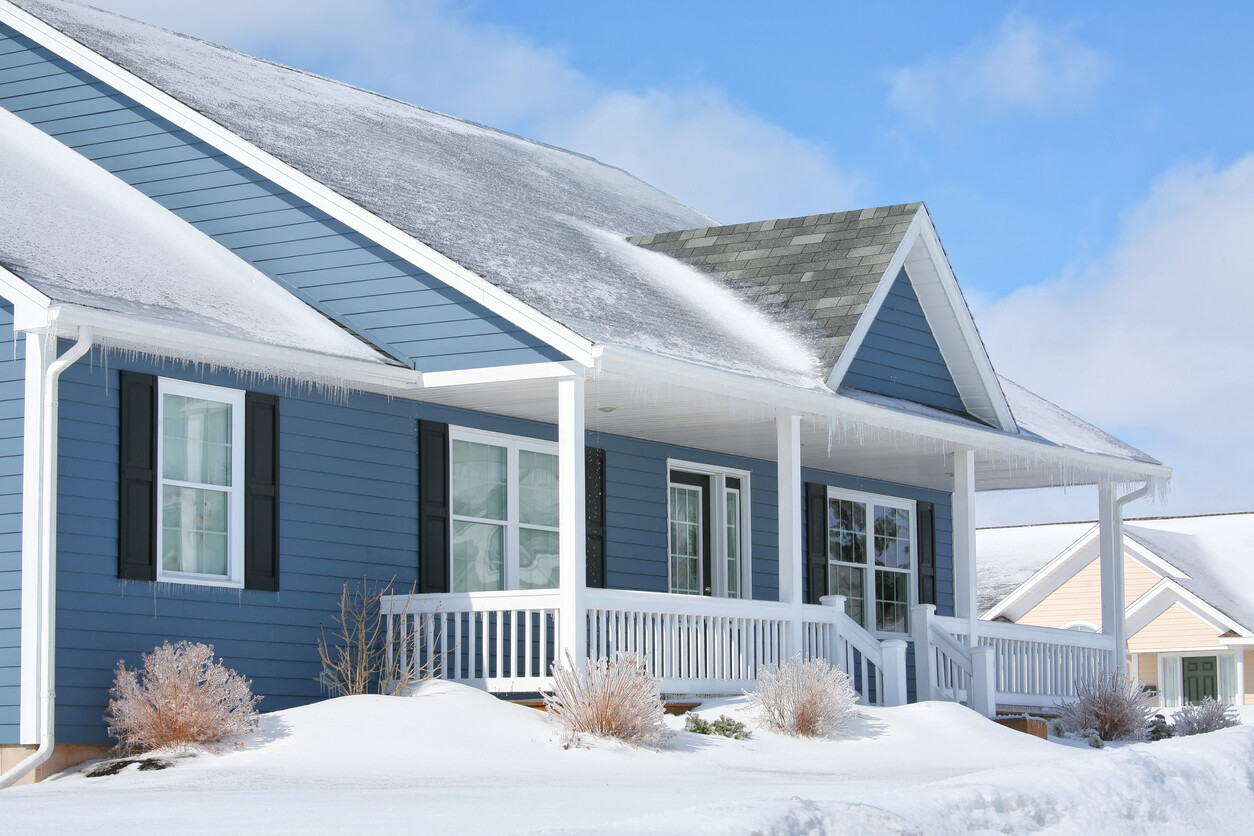
The type of roof you choose should withstand the weather conditions in your area. If you live with heavy rainfall, snow, or strong winds, it’s best to go for metal or shingle roofing due to its durability.
In regions with extreme temperatures, ensure your verandah roofing choice allows for effective insulation to keep your outdoor living space comfortable year-round. Meanwhile, UV-resistant coatings or finishes are a must for places with sunny climates. Their excellent capabilities include protection from harmful UV rays and prolonging the lifespan of verandah roofing.
The budget
Setting a budget is critical in the verandah roofing selection process. Different roofs come with varying prices, so balancing your budget and preferences is essential. You can start by researching the cost of roofing materials, including installation. Remember that some items may have a higher upfront cost but offer long-term savings due to their durability.
Don’t forget ongoing maintenance costs; some may require more care and upkeep than others. Low initial costs could translate to higher maintenance expenses in the long run.
The style of the home
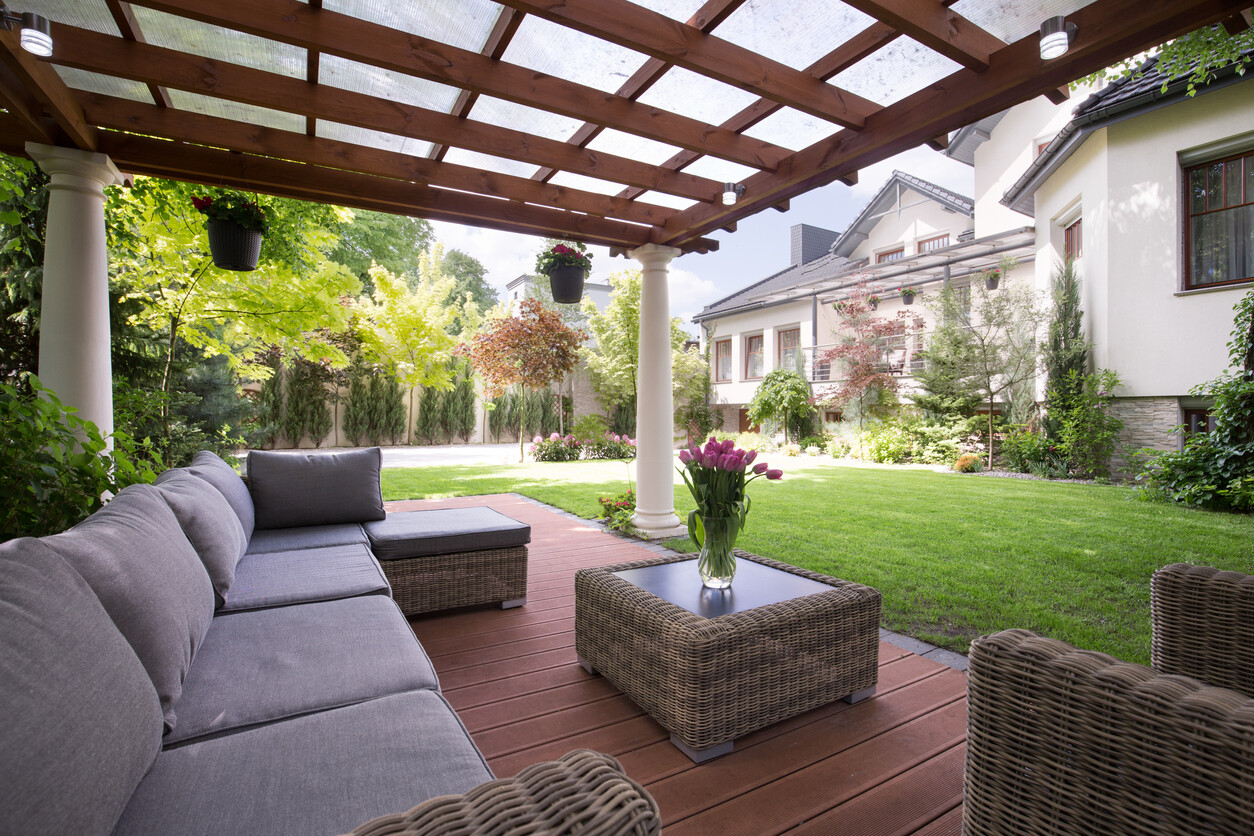
The roof should complement the style of your existing home. Choose a roofing style and material that complements your home’s architecture. For instance, a gable roof may suit a colonial-style house, while a modern home could benefit from a sleek, flat top.
It’s also best to match the colour and finish of the roofing material to your home’s exterior palette. The right choice can enhance curb appeal significantly. You can also incorporate columns, railings, and decorative trims that align with your home’s style for seamless integration.
Summing up your roofing decision
Spending time outdoors is a fun and healthy practice. Whether it’s for exercise, family time, or you love being in alfresco spaces, you can enjoy it even more when you have the right verandah roof. Call a professional roofing contractor or experienced roofer from Airtasker to help you choose the best verandah roof and set up your new outdoor living space today.
FAQs on choosing the right verandah roofing materials
First, you’ll need to determine the type of roof that suits your needs and complements your home. Construction typically involves framing the roof structure, ensuring proper support and stability. The next step is roofing materials installation to protect from the elements. You should also incorporate good insulation and ventilation for comfort and energy efficiency.
The best verandah roofing depends on climate, architectural style, personal preferences, and other factors. Common options include metal roofing for durability and weather resistance, shingles for a classic look, and polycarbonate panels for letting in natural light. Ultimately, the ideal choice balances aesthetics, functionality, and budget.
Find roof installation contractors, fast
Find a roof installation contractor
Related articles
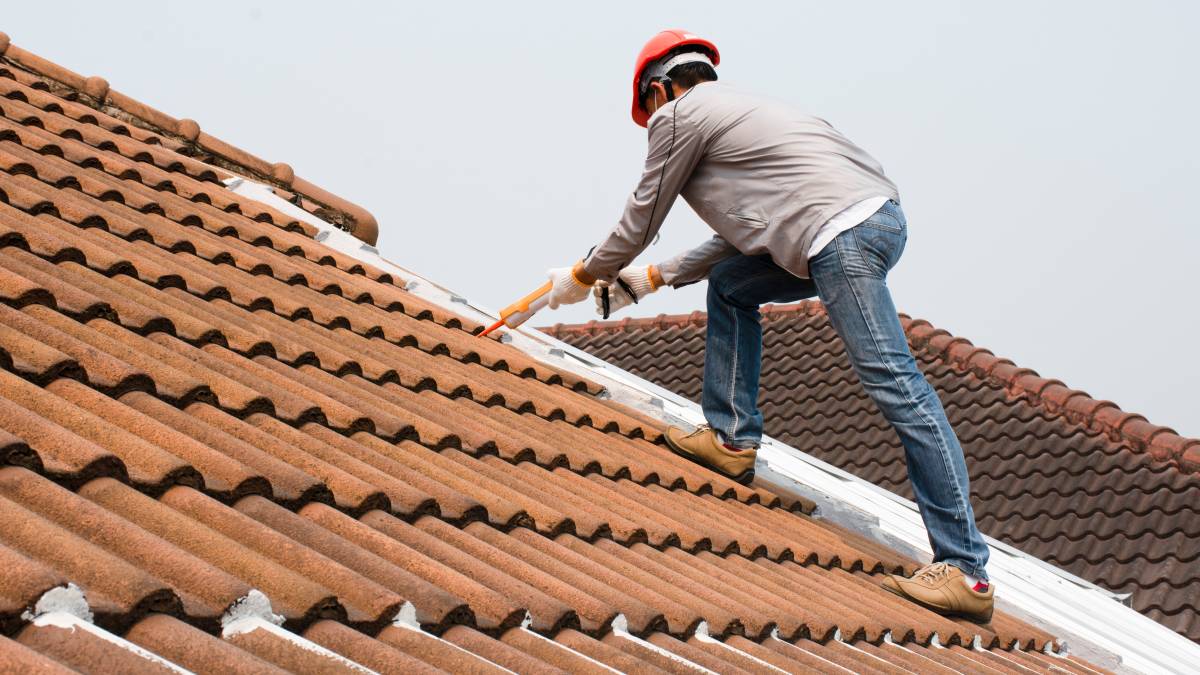
How to fix your roof tiles
Read more
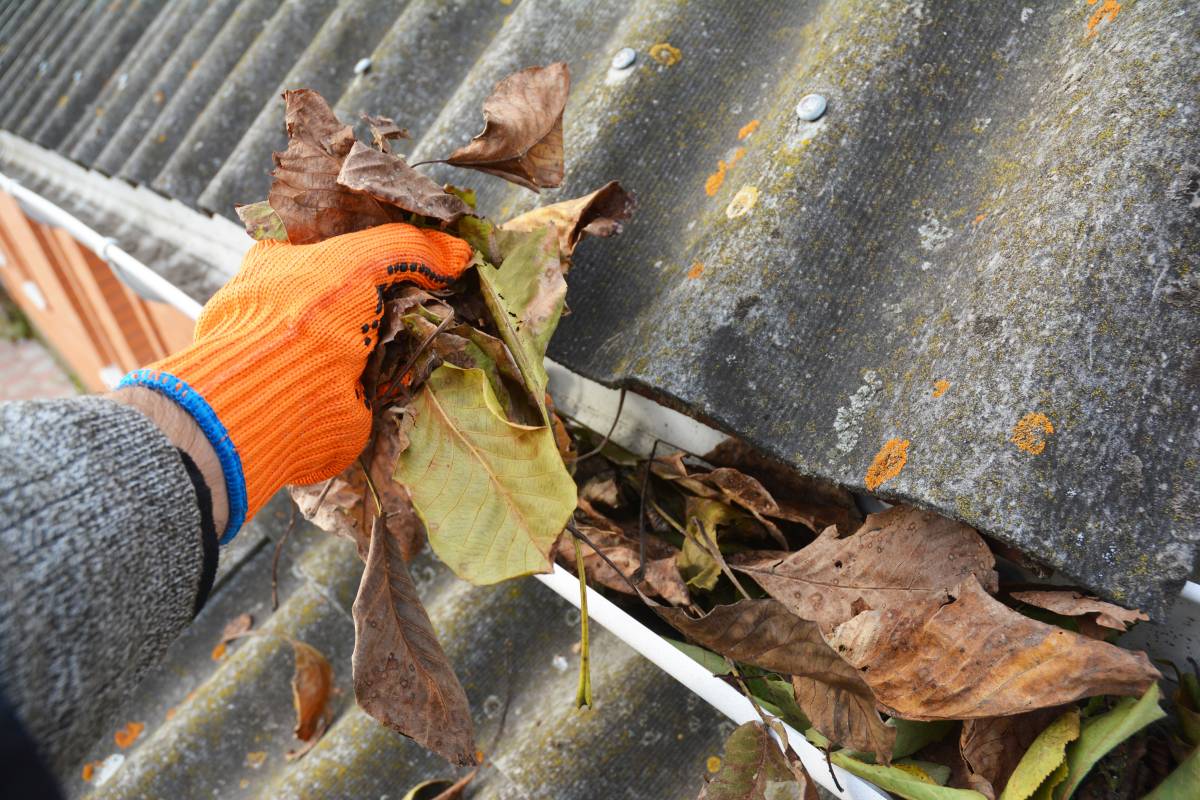
How to clean your gutters
Read more

How to fix a leaking roof
Read more

How to prepare for a flood
Read more
Related price guides
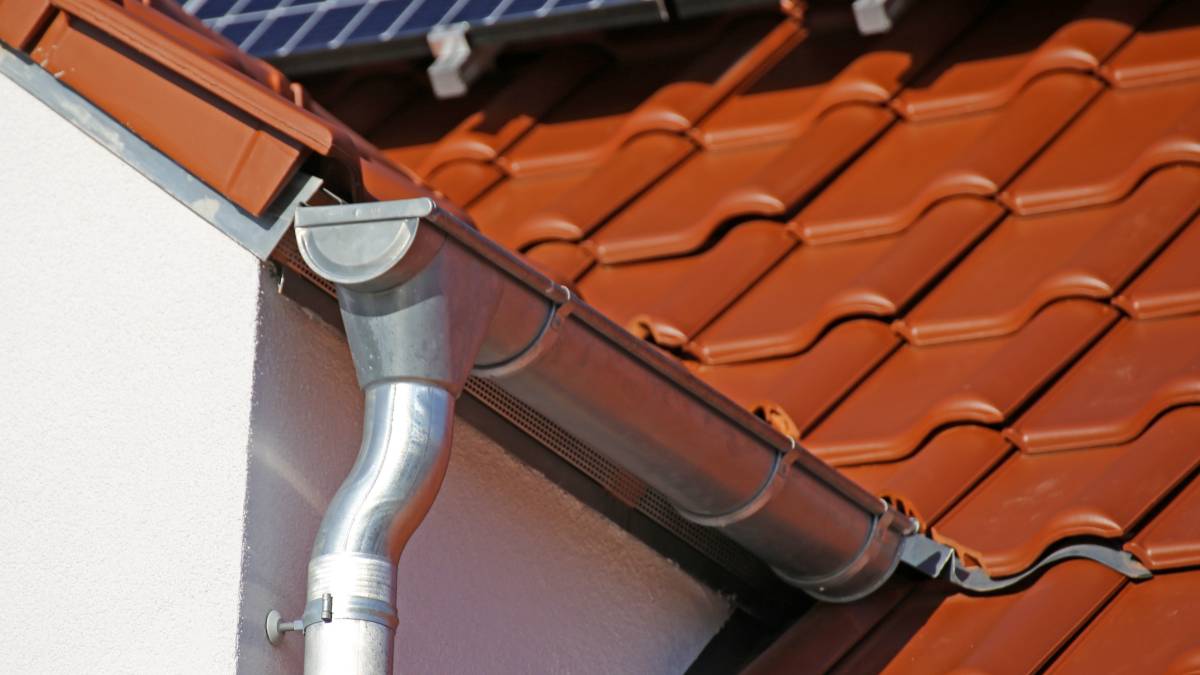
How much does roof plumbing cost?
Read more
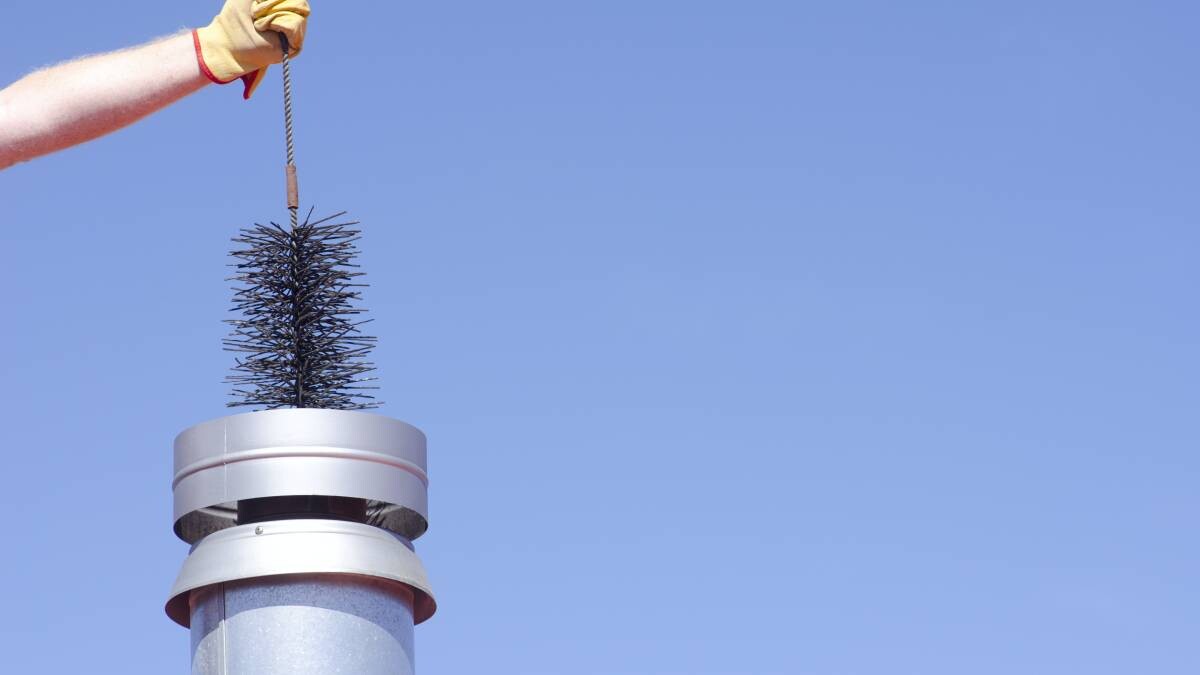
How much does a chimney sweep cost?
Read more
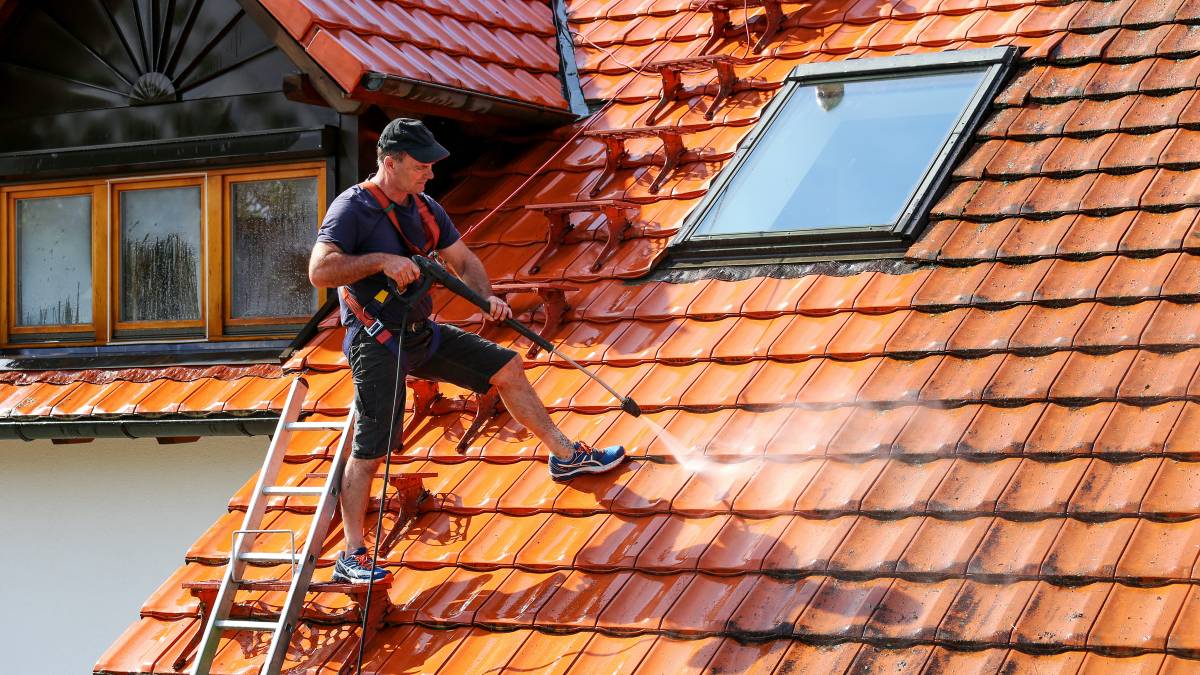
How much does roof cleaning cost?
Read more

How much does insulation cost?
Read more

How much does roof repair cost?
Read more
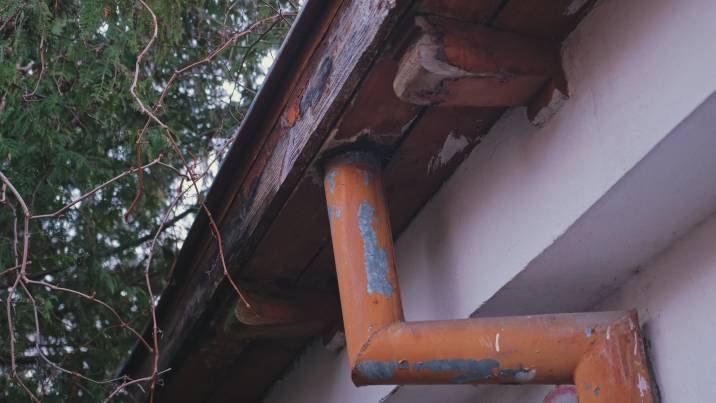
How much does a gutter repair cost?
Read more


